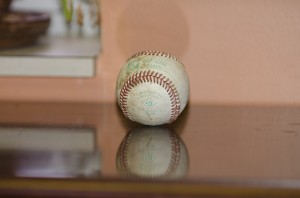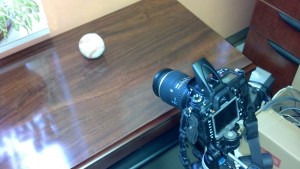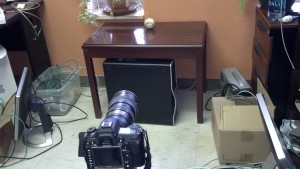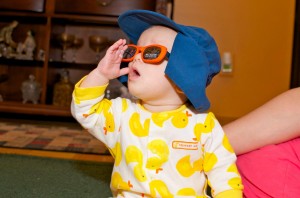Ok, not really, but it was nice to have yesterday off.
On Tuesday, when the weather forecast was calling for the snow to start around lunch (which later changed to 2pm, then 5pm) I turned on my camera’s intervalometer and captured a time lapse from roughly 12:30pm to 5pm. I’m attaching a video link (via youtube) below.
The camera was set to take a still image every 30 seconds, and the music was composed personally by me (via Apple Loops and Garageband).
Enjoy.







You must be logged in to post a comment.